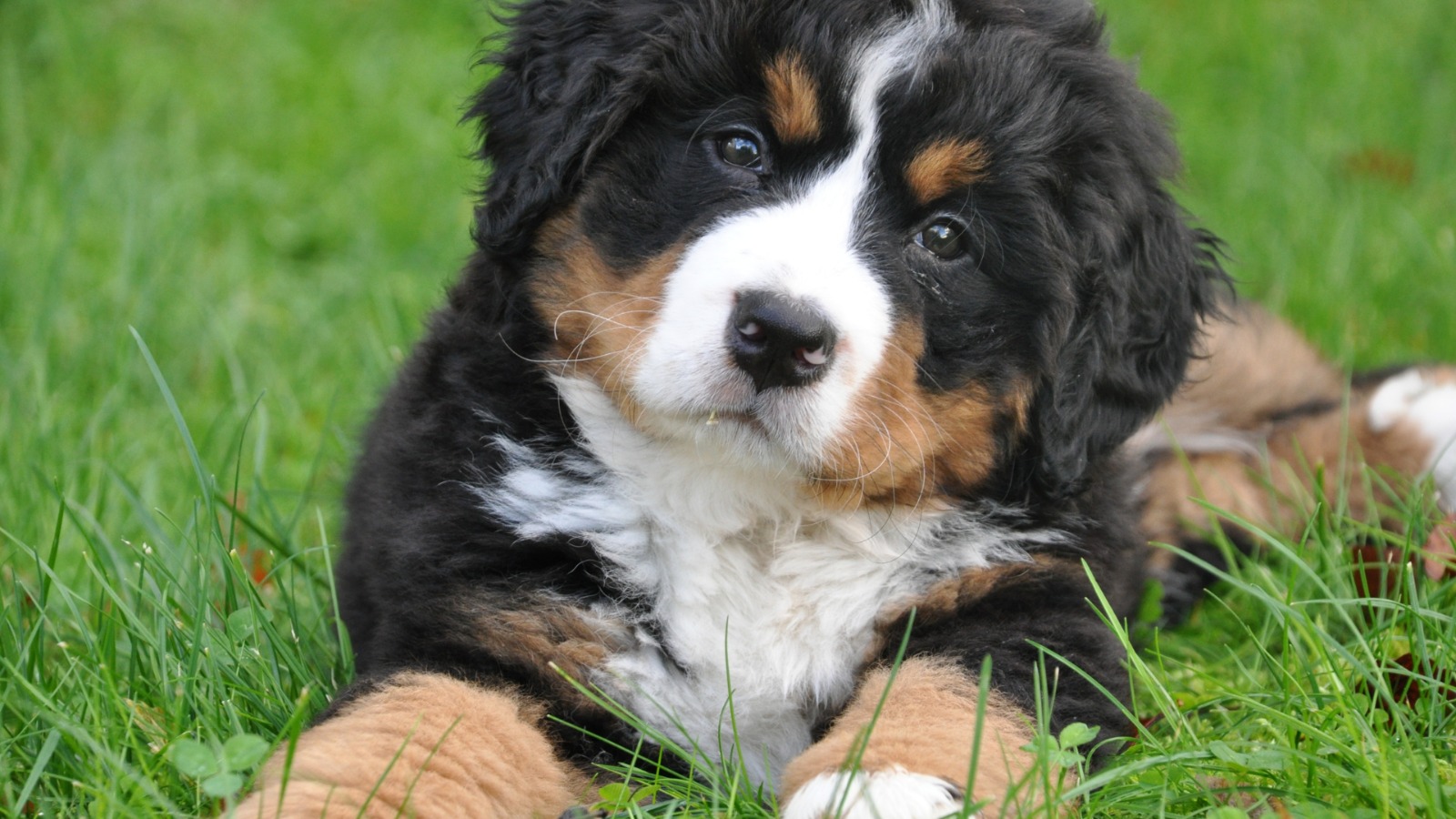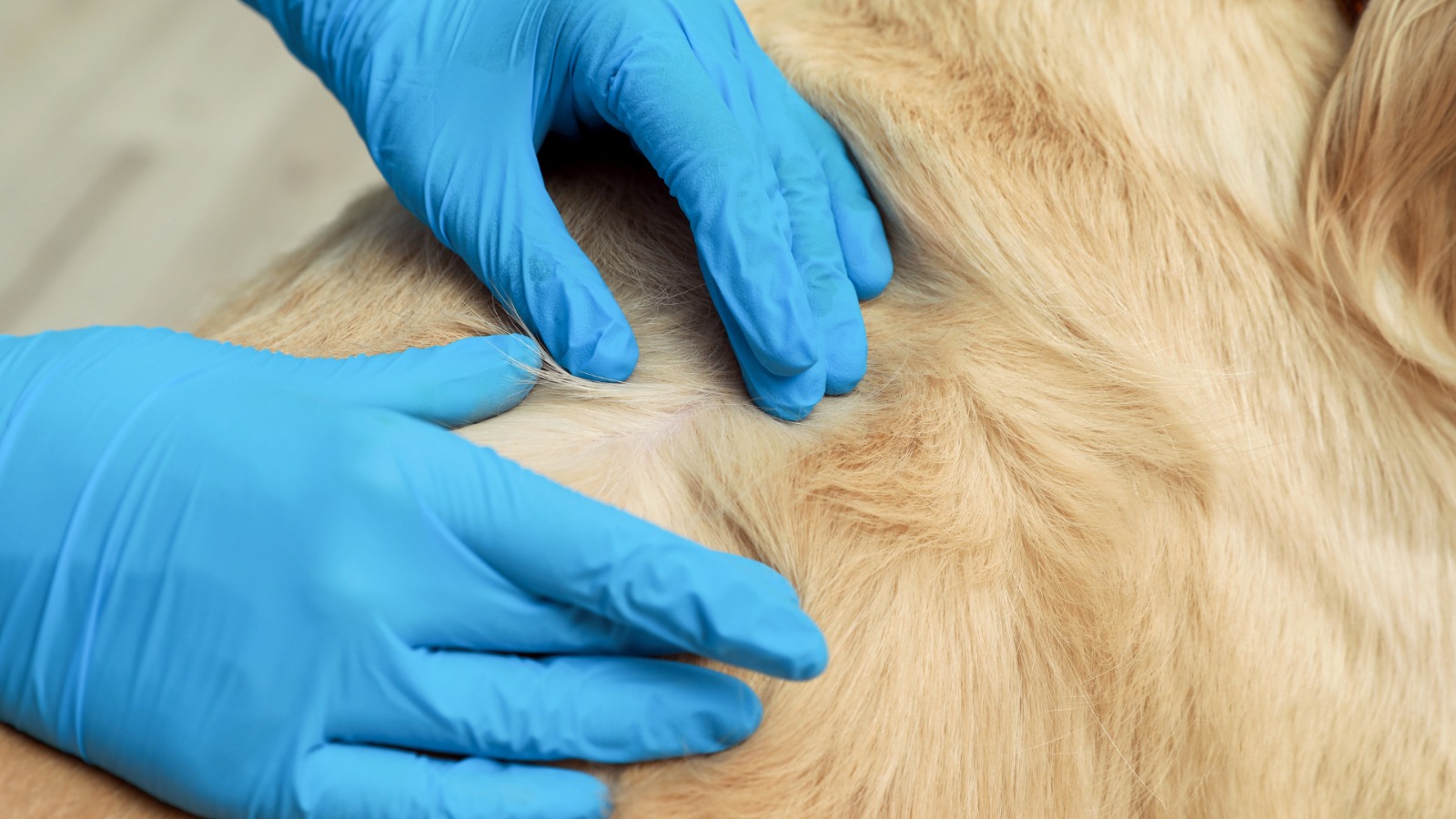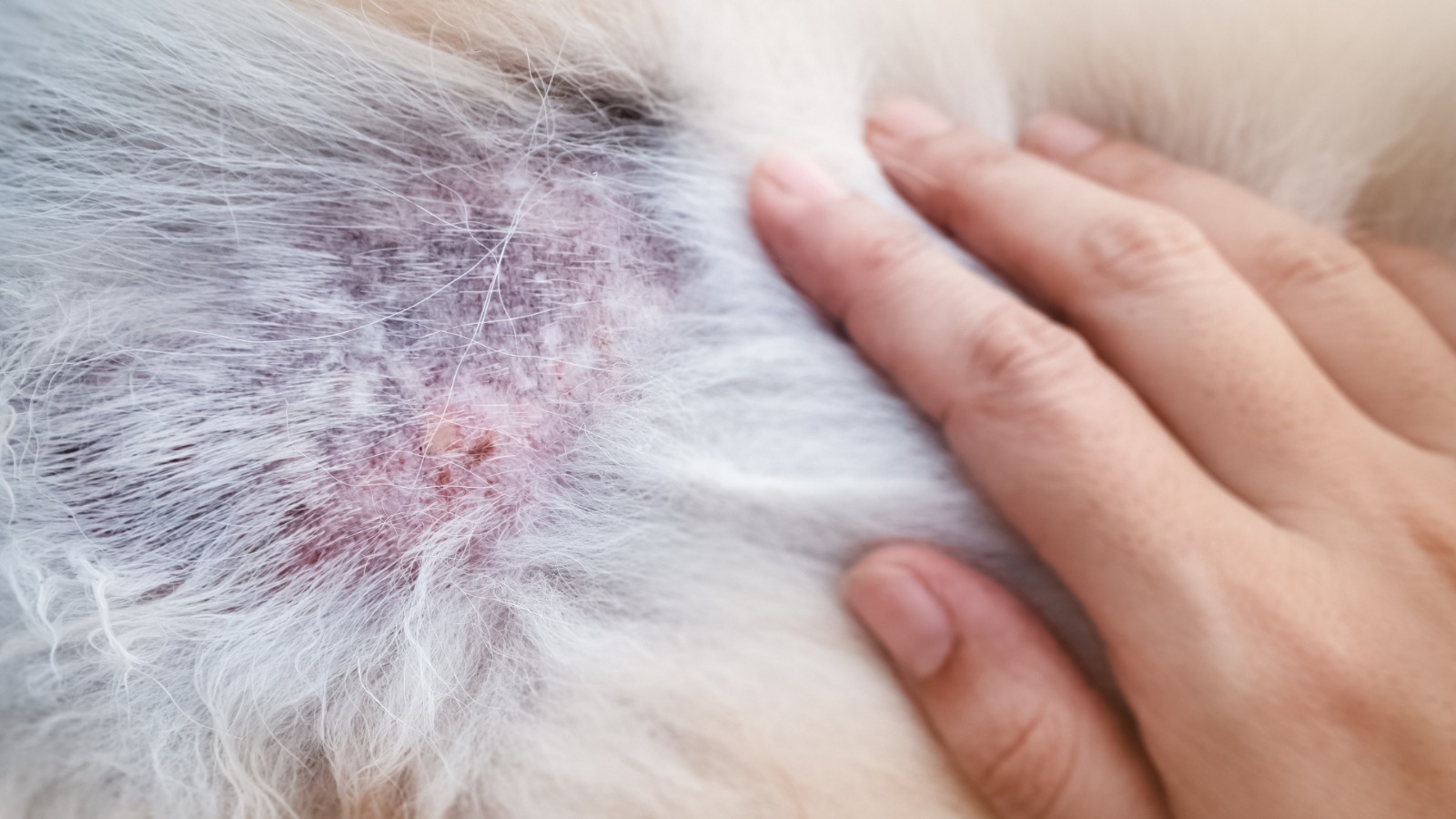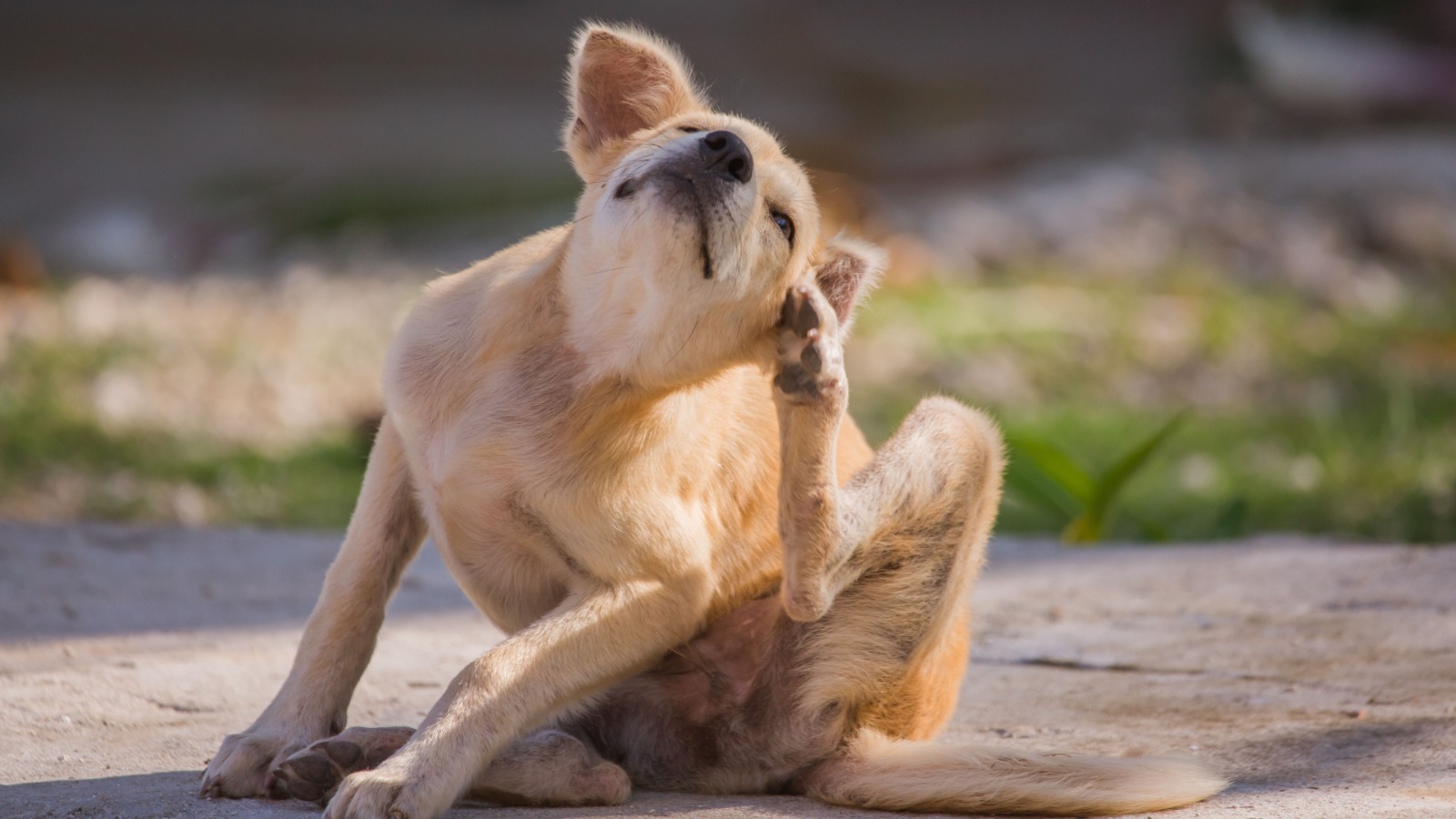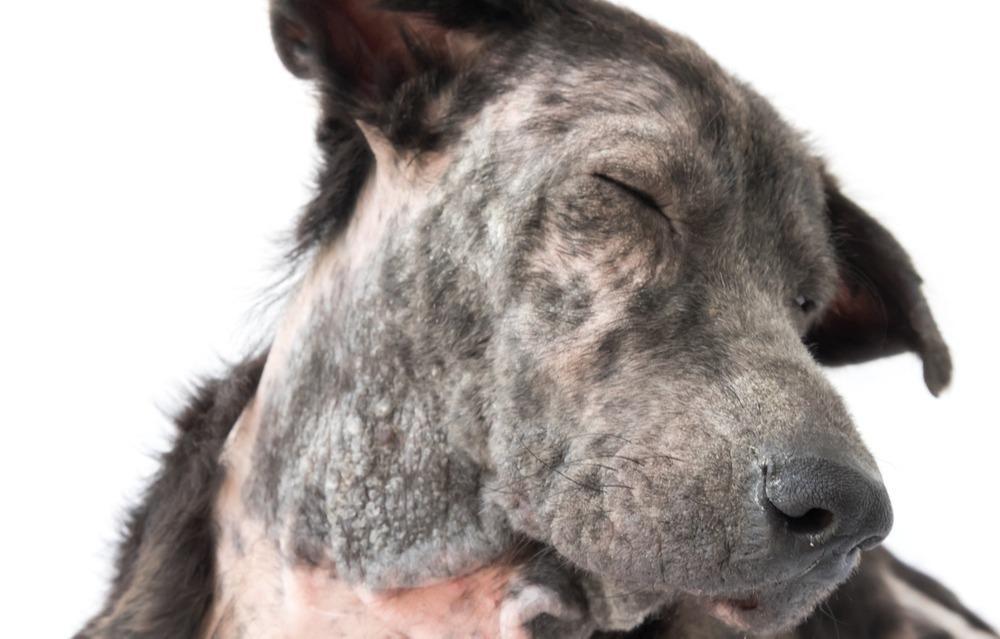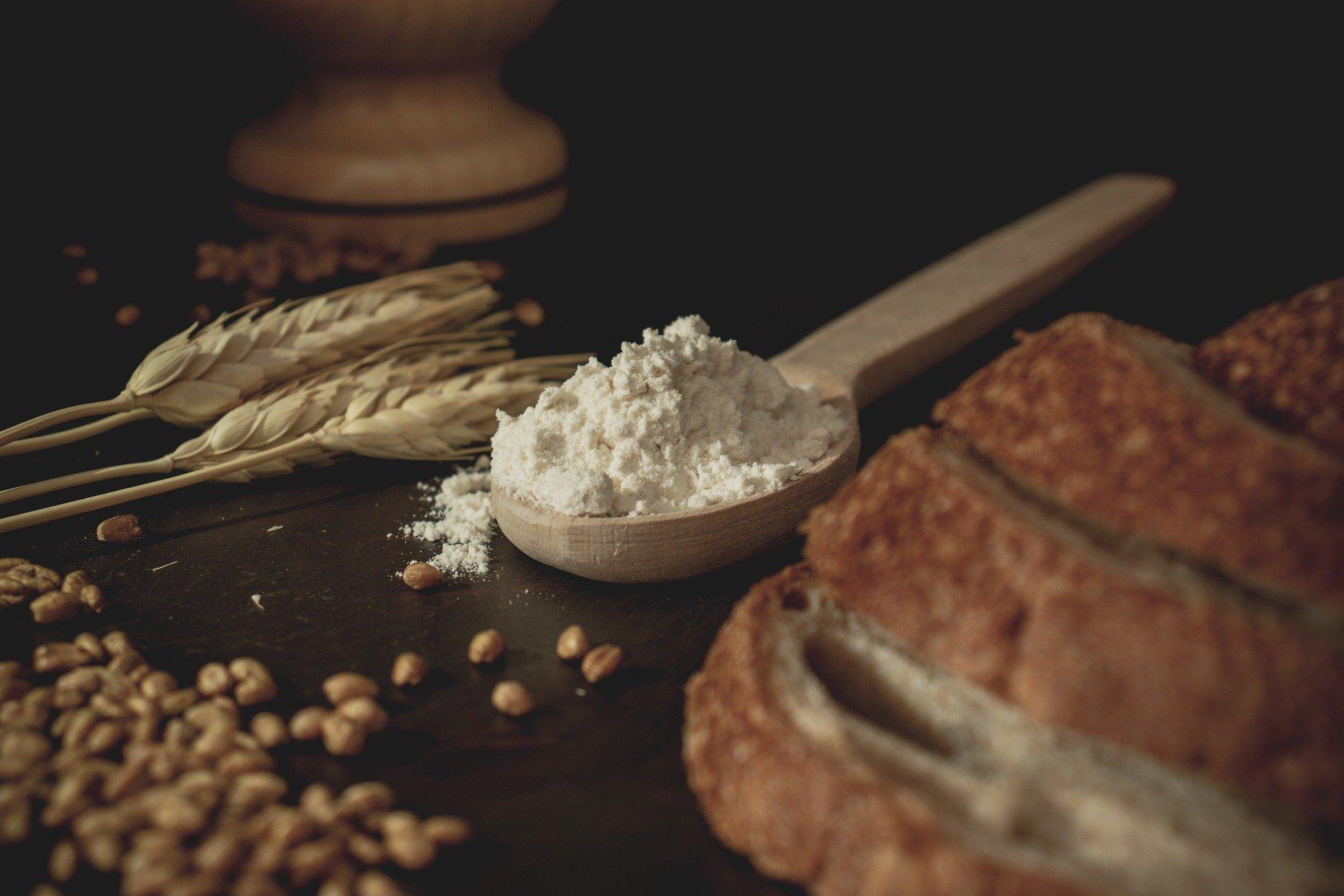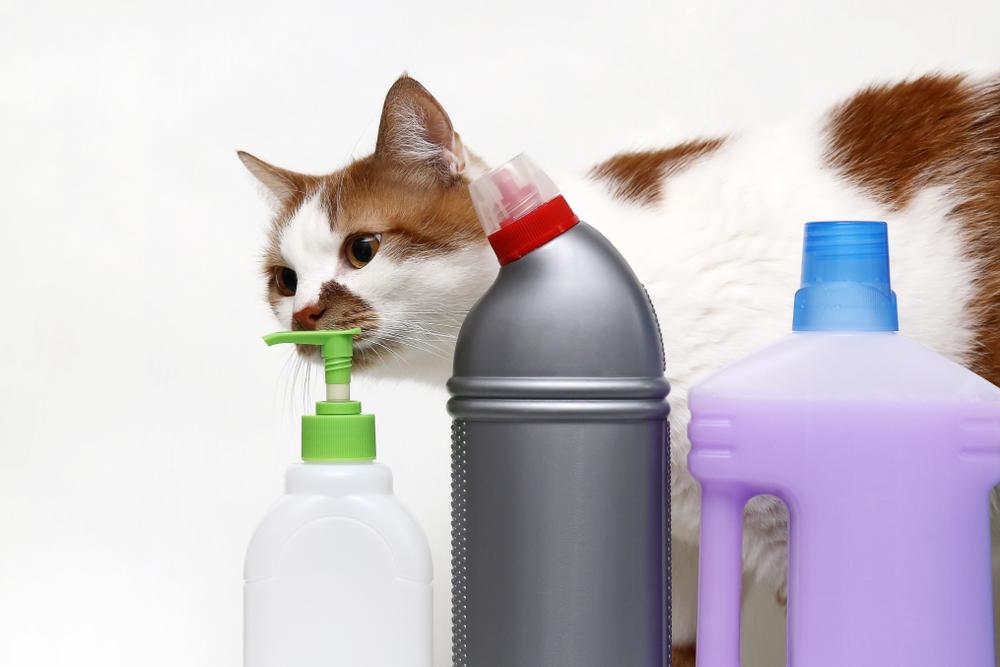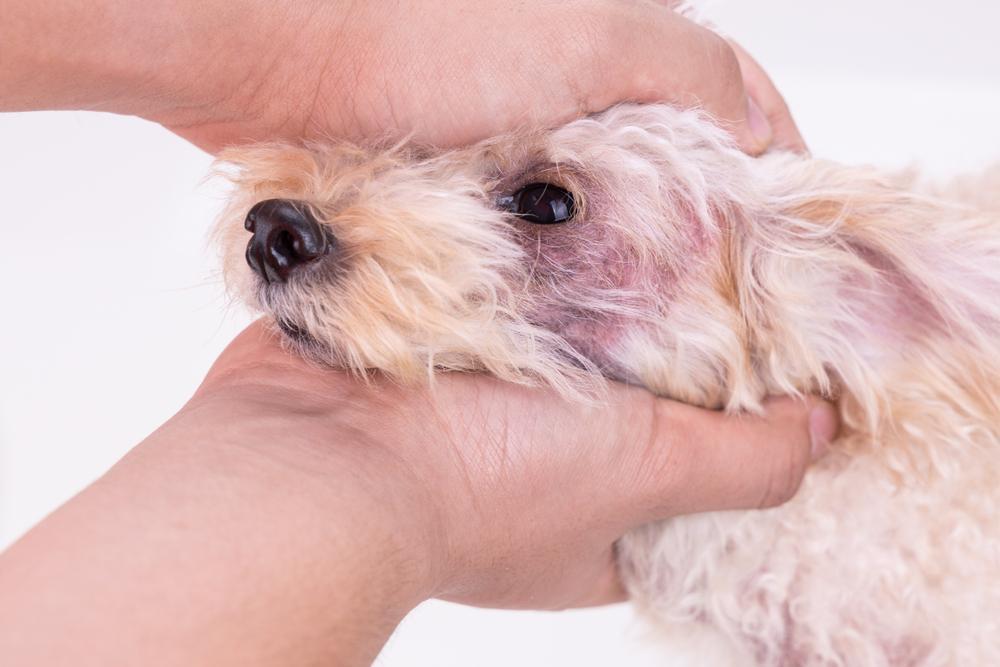
Sadly, there are a colossal number of dogs that suffer with their skin, whether seasonal, or 365 days of the year. So, what on earth is going on?
Let’s take a look at the skin in a little more detail, what it is, what its function is and what can go wrong.
The skin is actually the largest organ of your dog’s body. It consists of three major layers:
The Epidermis – this is the outer layer of skin, the protective layer.
The Dermis – this layer supports and nourishes the outer layer. It provides strength and elasticity. Here you will find collagen fibres, sweat glands, sebaceous glands, and hair follicles. Here you will find cells and compounds involved in inflammatory response and therefore allergies.
The Subcutis –this in the innermost layer of the skin, here you will find fat and muscles. Subcutaneous fat provides insulation, padding and storage for reserve energy.
Not only does the structure of the skin prevent water and electrolyte loss to help maintain body homeostasis, but it forms a protective barrier which helps protect against infections, parasites, and the elements. In dogs, their hair also forms a barrier, therefore hair health is synonymous with skin health, and a dog’s coat type can actually influence skin status.
Could My Dog’s Coat Type Contribute to Skin Issues?
This protective barrier in fact forms part of the immune system. It is the first line of defence.
It does this in two ways:
– Through its physical structure
– Through its microbiome
As we have noted, the skin has three layers. Keratinocytes are produced in stem cells and they push their way up through the layers; being smothered in lipids as they go. When they reach the epidermis, they harden and form a tight structure. These eventually shed, and new cells make their way up.
Issues arise when this tight structure becomes fragile. We can think of it in a similar thread to leaky gut.
In cases of leaky gut, it becomes permeable to larger proteins or pathogens. In short, things from the gut get to places they shouldn’t really be. In leaky skin, the tight structure hasn’t formed, and so potentially harmful compounds can get through the skin layers and go to places they shouldn’t be either.
When ours, or our dog’s immune system senses non-self-compounds (those that have gotten through its first line of defence), it mounts an inflammatory response resulting in swelling, itching, pain and so on.
If we consider the itchy dog, they gnaw at their paws because they are itchy, this then compromises the skin structure causing further inflammation and so the cycle continues.
The other way in which the skin serves to protect is through its microbiome.
Not surprisingly when there is dysbiosis in the microbiome of the skin, conditions like atopic dermatitis often ensue. Dysbiosis simply means out of balance. There are good bugs, and bad bugs, and the aim is to keep them in balance.
Tackling Atopic Dermatitis In Pets
We know that in the canine, there are different species found on different areas of the skin.
We also know that the populations found differ between allergic and healthy dogs and that lower diversity is often observed in recurring skin issues in the canine.
So, what affects the diversity in the skin microbiome?
Colonisation occurs during and immediately after birth. As the newborn puppy moves through the birth canal, he is exposed to a variety of bacteria from the Dam. Once puppy is born and grooming begins, Mum passes even more over to her offspring. What is important to note is that grooming behaviour is significantly reduced in the stressed Mother, and so less microbes are therefore shared with the offspring. This again demonstrates the need to fully research where you have your puppy from. In humans it is thought that the microbiome stabilises somewhat in the first 2-3 years of life, but there isn’t yet a clear answer on this time frame in the canine world. Given the development of a puppy compared to a human child, we can say for certain that those first few months of life are incredibly important.
There is also a clear distinction between male and female microbiome, therefore suggesting hormonal influences. This poses food for thought in the neutered pet and how their microbiome is subsequently affected.
The environment has a huge impact on the microbiome of the skin. There are noted variations in skin microbial communities between those living rurally and those in urban areas. There is also an increase in chemical use associated with urban living, which also influences the composition of the microbiome. Diversity is significantly reduced with the use of detergents and antibacterial cleaning products. Potentially pathogenic taxa is also increased as there are fewer good guys to keep the bad guys in check. This is why skin issues like acne or dermatitis are deemed western diseases; they simply just aren’t found on the skin of indigenous tribes or on that of individuals from non-industrialised societies.
Unnecessary use of antibiotics also affects the microbiome, along with excessive use of grooming products and of course nutrition.
Does My Dog Have a Gut-Skin Axis?
When the physical barrier is broken, non-self-compounds can invade the body, kick-starting an inflammatory response. This results in redness, swelling and so on. These can be pathogens, but they can also be irritants. These irritants need to be managed by the body, but in some cases the burden can be too high and so the body remains in a state of chronic inflammation. This is why removing environmental exposure to toxins is so important in managing skin issues.
Skin issues often go hand in hand with food sensitivities, and so an elimination diet here is essential.
But skin issues can also be a result of pain. Some dogs will nibble and chew at areas they find painful.
It’s essential to understand the root cause of any issue; symptoms are simply a sign of an imbalance upstream.
Signs of skin dysfunction:
– Itching
– Swelling
– Hair loss
– Discolouration
– Bacterial overgrowth – often associated with ear infections
– Greasy/foul smelling areas
– Hot spots
The primary fuel for skin celglucose oxidation rates in skin are similar to those observed in resting skeletal muscle. Whilst glucose is generally deemed carb specific, dogs are incredibly good at utilising this process called gluconeogenesis. This is where they utilise non-carbohydrate sources to produce sugars (glucose). The reason this is so important is because aberrant glucose handling can drastically affect skin structure and appearance. Sugars can attach to protein and lipid molecules, stiffening and destroying collagen and elastin. This is known as glycation and why high glycaemic index foods are seen to worsen skin conditions, therefore a wholefood, fresh diet is advocated to support skin health.
Keratin is a protein that forms hair and the outer layer of the skin, and being built by several different amino acids, a diet rich in protein is essential to keratin production.
Essential fatty acids are also crucial to skin health. First in its structure and in terms of anti-inflammatory responses.
In a series of studies in the early 1900s, rats were fed a diet completely devoid of fat. These rats developed visible skin abnormalities, increased water loss across the skin and other body-wide issues. However, when PUFAs were introduced into the diet, these defects were reversed.
Each layer of skin has a distinct fatty acid composition with linoleic acid (LA) being the most abundant in the epidermis. The presence of LA directly correlates with barrier function of the skin.
However, as LA is an omega-6 fatty acid, there are concerns that the high dietary intake of it increases the incidence of chronic disease. This is because arachidonic acid (AA) can be synthesised from LA and AA is an inflammatory mediator.
Omega-3 fatty acids can replace AA, resulting in fewer AA derived eicosanoids. So, whilst LA is key to skin health, the balance from omega-6 to 3 is vital.
Omega-3 supplementation has been seen to minimise collagen damage and overall suppress inflammatory responses in the skin. Omega-3 is regularly supplemented in cases of dermatitis, with impressive results.
A point to make here, fat absorption issues can limit the utilisation of these fatty acids. The liver plays a central role in lipid metabolism, and so you may consider supporting liver health here too.
A Brief Guide to Liver Function In Pets
There are also other nutrients that are key to skin health:
Retinoids include animal sources of vitamin A, but they are essential in skin cell production and growth. Carotenoids on the other hand are plants that are converted into vitamin A. The most common is beta-carotene, and like all carotenoids, it functions as an antioxidant. Antioxidants help mop up the exhaust fumes of work and help modulate glycation. Antioxidants in skin health, seek out the free radicals and neutralise them before they are able to damage or destroy healthy cells, maintaining that structure and integrity.
Polyphenols too function as super antioxidants.
Zinc is a mineral that stabilises skin membranes, meaning it is essential to skin structure and integrity. Zinc deficiency is often implicated in skin disorders in the dog. Certain breeds are predisposed to the malabsorption of zinc, like sled dogs for example.
Selenium is another mineral that works to safeguard cell membranes and works to neutralise free radicals.
There is a clear link between the gut microbiome and the skin microbiome so gut health is also important to skin health. The gut is a key player in immune responses, so if your dog is suffering with food sensitivities, gut dysbiosis or leaky gut, then these issues can certainly show up in other places in the body, particularly the skin.
Not only that, if there are malabsorption issues, then the skin won’t be getting the nutrients it needs to thrive.
7 Steps for Optimal Gut Health in Pets
The skin is the largest organ in the dog’s body and with good reason. Sadly, a colossal number of dogs suffer with their skin for a range of different reasons. It’s essential to identify the root cause of any dysfunction but being mindful there is a clear link between gut and skin health and in fact symptoms involving the skin can be indicative of other issues in the body. If you would like support tackling your dog’s skin issues, then please check out our services to see how we can help.
Thanks for reading,
MPN Team


